Fruit Leather Recipe
This page may contain affiliate links. More Information.
This fruit leather recipe isn’t hard to make, but my family loves eating it…and I love knowing that we’re avoiding excess sugars and dyes from store-bought fruit rollups!
This Page Includes:
- How to Make Homemade Fruit Leather (Fruit Rollups)
- Recipe Card
- {FAQ} How Do You Store Fruit Rollups?
- {FAQ} What Fruit Combinations Should I Use for This Fruit Leather Recipe?
How to Make Homemade Fruit Leather (Fruit Rollups)
Fruit Leather Recipe Preparations:
Gather Your Supplies:
- blender
- dehydrator
- spoon to spread fruit
- dehydrator sheets (You’ll have to order something that fits your dehydrator.)
Gather Your Ingredients:
- Fruit (Ripe fresh or frozen fruit will work.)
- Liquid (Only if your mixture is too dry.)
- Honey or sugar (Optional. I didn’t use it, but the Ohio Extension says you can, “Use ¼ to ½ cup sugar, corn syrup or honey for each 2 cups of fruit.”)
- Lemon juice or ascorbic acid (Optional. Ohio Extension suggests using it to prevent the fruit from darkening, which isn’t really applicable for cherries. For other fruit, use 2 tsp. lemon juice or ⅛ teaspoon ascorbic acid for every 2 cups of fruit.)
Fruit Leather Recipe Process:
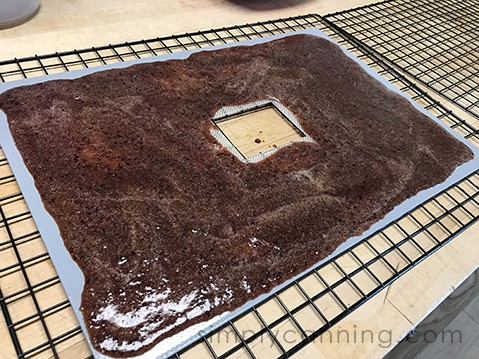
My cherries were frozen cherries from last year. They were pitted before I froze them. But note…a few pits were missed, so watch for them as you are working. I had to pick a couple of pieces out when I was pouring them out onto the tray.
I didn’t add any sugar or extra liquid when I pureed the fruit.
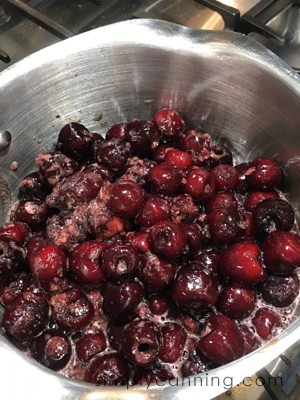
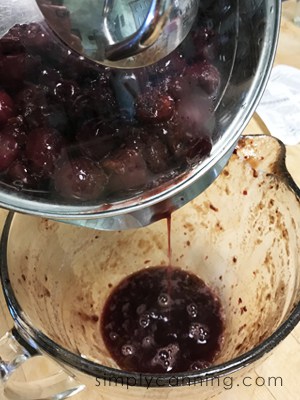
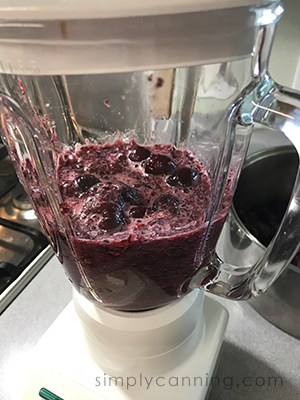
At first, I tried simmering some of the cherries before blending them to see if it made a difference in the final product. The results? I didn’t like it. They turned a little brown, and it did not save on drying time, nor help with pourability.
The cooked cherries were too thin and it was awkward. It worked, but not as easily as the uncooked cherries did. Draining off some of the liquid helped.
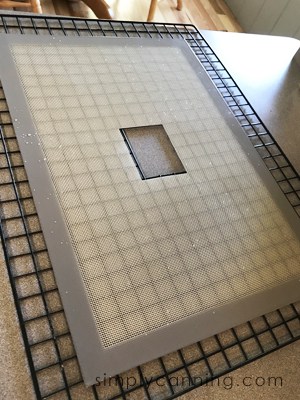
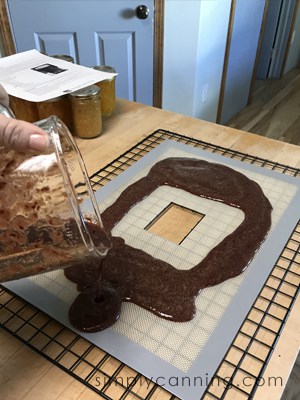
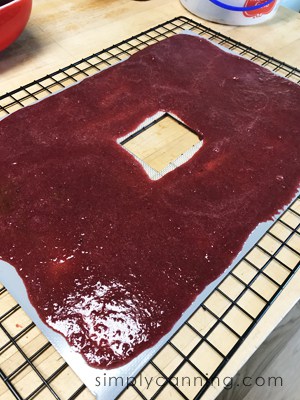
Spread an even layer of fruit puree on dehydrator trays lined with dehydrator sheets. Don’t pour fruit leather too thin, as it makes it hard to get off the trays when done. Remember, it will be thinner as it dries. If you look at the pictures, you’ll see some areas where I got it pretty thin. It made it harder to peel off the trays. Still tasted good, though!
Allow to dehydrate. The Ohio Extension says fruit leather should be dehydrated at 140 degrees F, but you might want to check your own dehydrator book. I dried mine at a slightly lower temperature (130 degrees). That is a little higher than drying slices of fruit, but leather contains more liquid to start and the higher temperature works here.
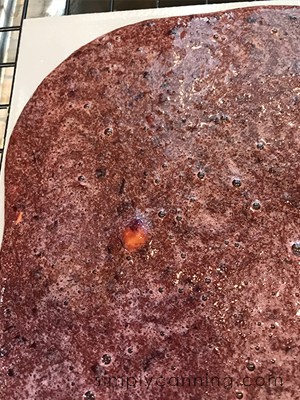
It’s done when the leather is…leathery. It is flat and not squishy. It may still be sticky, but that will depend on fruit. Cherries are definitely sticky, because they contain lots of sugar. It will take about 6-8 hours, though it really just depends.
The dehydrating time will depend on the type of fruit, and how thick or thin you poured it out. The edges will dry faster, so be sure you don’t just check the edge of the tray. Check towards the center and in various places, as it may not dry perfectly evenly.
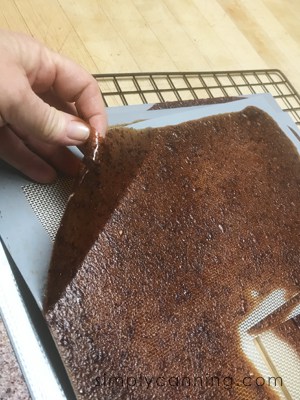
When the leather is ready, carefully peel it off the dehydrator sheets. This is where you’ll learn how thick or thin makes it easier to handle. After you do a few batches, you’ll get a feel for it. Also, it tends to peel easier if you do it while it is still a little warm.
Peel it off as you wish. You can make them super straight by using a butter knife or some such tool to cut through the leather a bit to make it tear straight, but be careful not to cut into your sheets. This is why I usually just tear as straight as I can.
Mine were non-Pinterest worthy, LOL. Some people get nice, perfect rectangles; mine were just various pieces rolled up. Roll the pieces loosely.
Recipe Card
Fruit Leather Recipe Tips & FAQs
How Do You Store Fruit Rollups?
You can roll them in parchment paper if you want to avoid sticking. Lay the piece of fruit leather flat on a piece of parchment and then roll them both up together. This way, there is parchment keeping the roll from sticking together.
Mine would be eaten soon, so I didn’t worry about it. But after only a week in a jar on my counter, the rolls were pretty stuck together, so I will be using parchment paper next time with cherries. I’ve left fruit leather unlined and rolled lightly before with success, but that was an apple/fruit combination. The cherries were definitely more sticky.
Homemade fruit leather keeps up to a month at room temperature. It will last longer in the freezer.
What Fruit Combinations Should I Use for This Fruit Leather Recipe?
There are endless combinations for making fruit leather. Use your favorite fruit all by itself, like I did with the cherries. Applesauce mixed with almost any berry is a great combination too. Combine tart fruits or berries like currants with something sweet to contrast with the tartness. Strawberries all by themselves work really well!
I’ve done straight peaches. It is good, but peaches have a mild flavor, and I tend to like fruit leather recipes with a stronger flavor. You can even add cinnamon, and I’ve read of adding chia seeds if you want to get all healthy. 🙂
Related Pages
Dehydrating Fruit
I’m a long time canner but, dehydrating fruit does have some advantages. Drying gives you healthy, easy-to-store snacks.
Cherry Pitter
Cherry pitters are usually a lesson in frustration, but SimplyCanning.com has found one that actually works! In this review video, you can see how easy it is to use and how much time it can save.
Dehydrating Vegetables
Learn how to dehydrate vegetables, peppers, tomatoes, and more.
Pin This to Find Later:
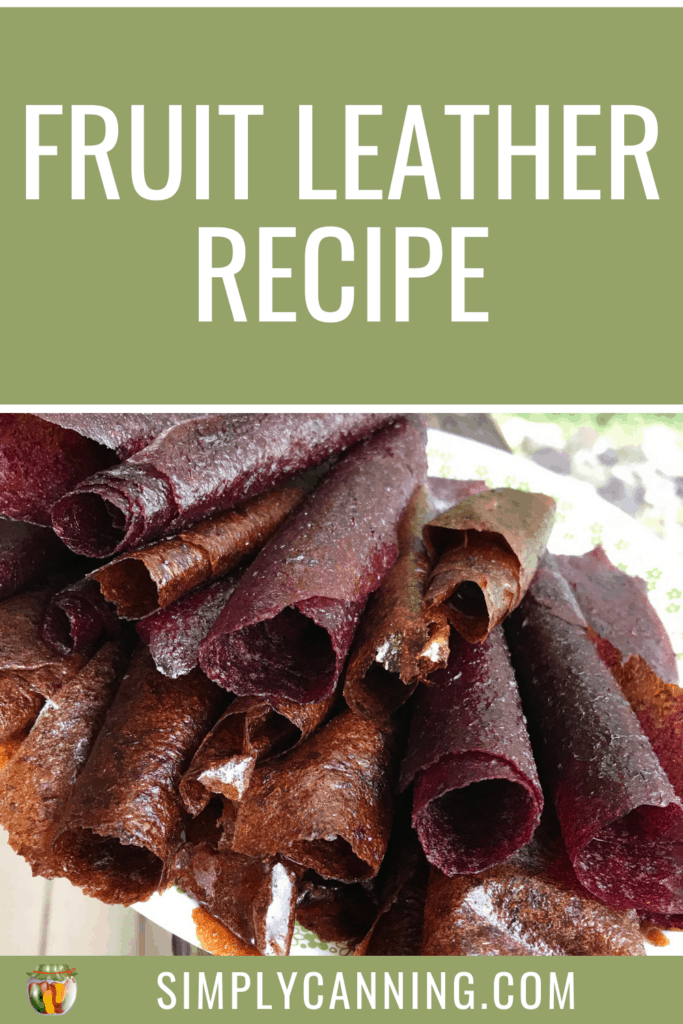
Source: Ohio State Extension
Page last updated: 6/18/2021

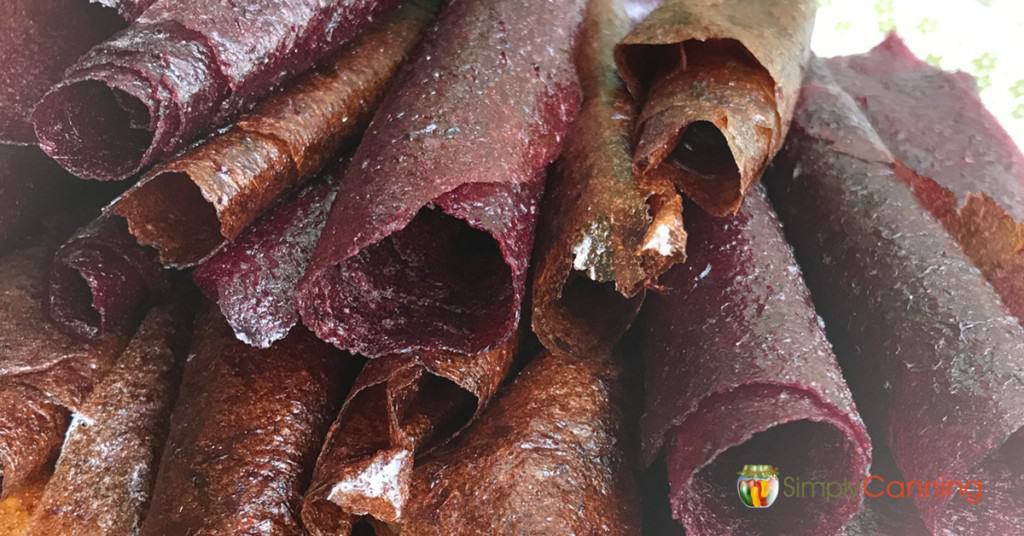
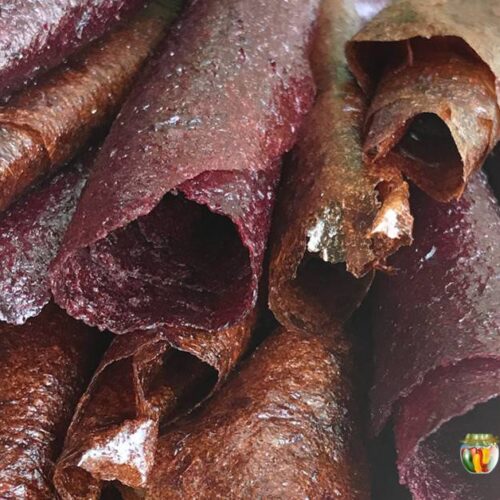
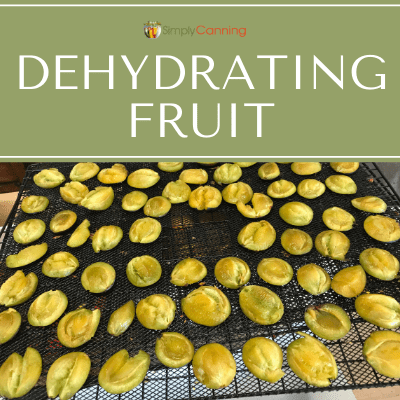
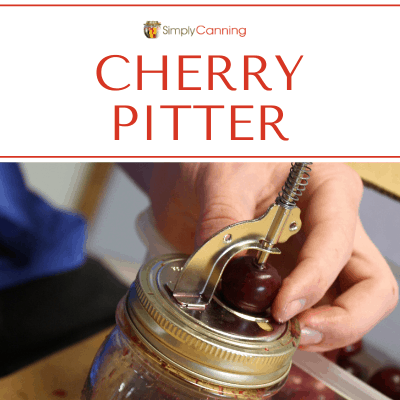
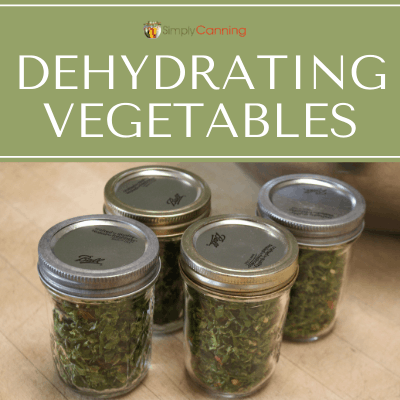
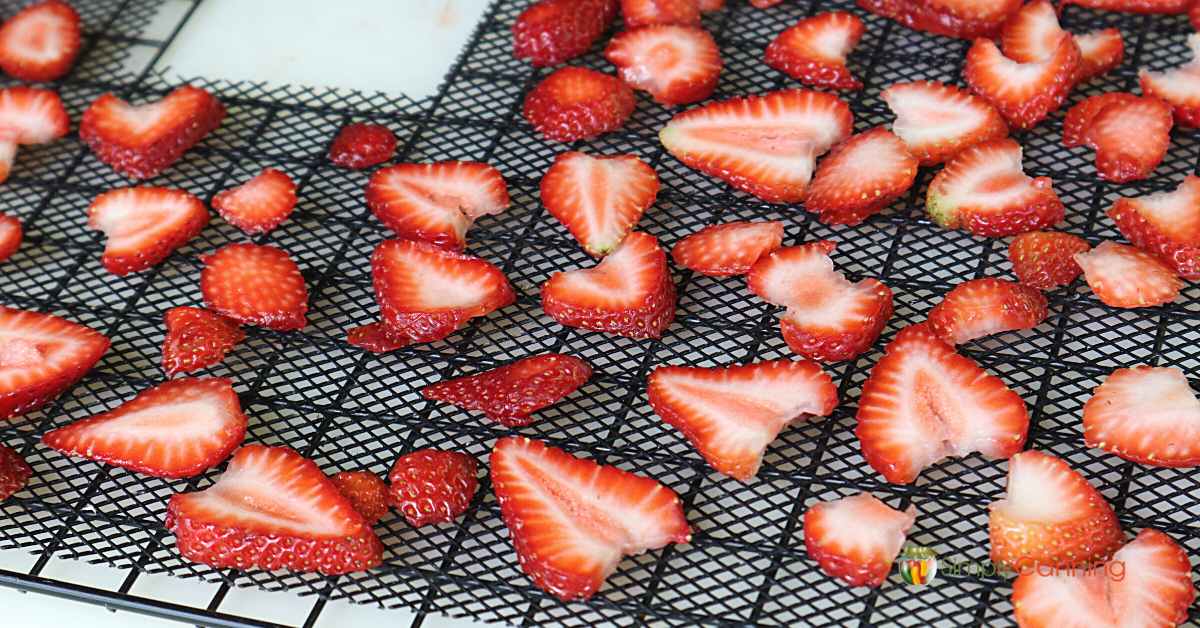
Olivia, I’m not sure what you mean by (dry can low temp) but I would not do any sort of heating the roll-ups. I personally wouldn’t vacuum seal the roll-ups although I’ve read that many do. The fruit is dry… but still a sticky dry. It is not like dehydrated fruit for example. There is still some moisture in the end result. Roll-ups not really a food that will store long term. They are more for eating and snacking. I’d say a month at room temperature in a pantry for example. If you store them longer than that I’d put… Read more »